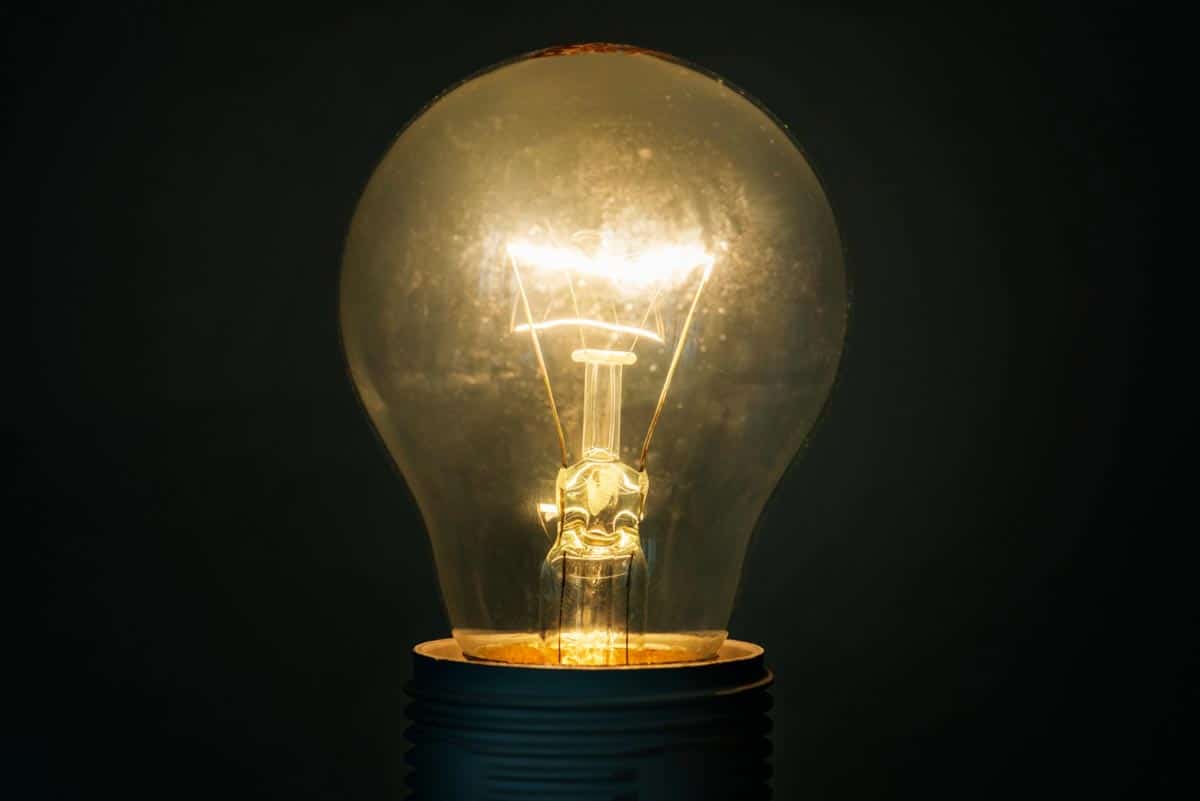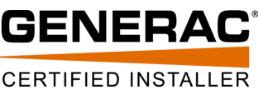
Over the years, we’ve witnessed tremendous technological advancements in light bulbs. Today, you have a variety of options for lighting your home or business.
By now, you might have probably heard of LED bulbs and their unique eco-friendly proposition. LED bulbs are the gold standard for lighting but have pros and cons like all other innovations. Here at K&K Electric, we break down the pros and cons of LED lights.
Nobody loves a poorly lit home, and you aren’t any different, right? Read on to understand if it’s worth upgrading to LED lights from traditional light bulbs.
What are LED Lights?
Light-emitting diode (LED) lights are bulbs with semiconductors that emit light when current passes through them. The diodes are unidirectional and contain two conductive surfaces that work in tandem to illuminate your home.
Pros of LED Lights
Here are some of the advantages of using LED lights:
Energy Efficient
LED lamps have become popular due to their high energy efficiency. LED lights are 90% more energy-efficient than incandescent and halogen light sources. The high lumen/watt output means you get more light at lower energy costs.
LED doesn’t use heat to produce light like incandescent bulbs hence the unparalleled energy saving. Statistically, you can replace your 84-watt fluorescent bulb with a 36-watt LED bulb.
Longer Lifespan
LED lights are known for their lifespan and durability. The bulbs can operate efficiently for up to 100,000 hours. That’s 50 times more than conventional incandescent lighting.
Another benefit that is worth mentioning is how the lights enervate. LED bulbs emit less bright light gradually as they age, instead of burning out once.
Manufacturers make the LED bulbs with sturdy materials enabling them to withstand vibrations. You will significantly cut replacement and new purchase costs when using LED lights.
Environment Friendly
LED lights present the most eco-friendly lighting solutions available in the advent of climate concerns. The lamps contain no mercury or other toxic components; hence you can dispose of them after use. Also, low energy consumption means they significantly reduce carbon emissions that cause global warming.
Produces Less Heat
The light-emitting diodes don’t produce infrared heat. 80% of the energy in LED bulbs is light, while the other 20% is heat energy. Incandescent bulbs are vice versa. Halogen lights produce more heat than the two. High heat emitting lights pose fire risks and can burn your hand if you touch them for long periods. LED lighting has no fire hazard.
Multicolored Display
You can configure LED lights to issue different colors. Standard colors are red, blue, green, and white. The diodes interchange colors on the spectrum based on the electric current.
Instant Lighting
When you flip the switch, the LED bulb lights the room instantly. There is no warm-up period like in incandescent bulbs. The transit from zero to full brightness occurs in nanoseconds.
Cons of LED Lights
While LED lights have numerous benefits, here are some of the disadvantages that you should expect when using them.
High Upfront Cost
Many people steer clear of LED lighting due to the significant upfront costs. The initial purchase and installation cost surpasses all light alternatives’ prices. Pricing varies significantly too. You would expect to pay more for a longer-lasting LED bulb and a few dollars less for a shorter-lasting LED bulb.
However, the long-term benefits offset the initial investment. LED lights save more money in the long run than incandescent bulbs.
Dimmer Incompatibility
Dimmers bring different lighting patterns to create visual effects in retail premises. Not all LED lights are dimmer compatible. LED lighting may not be ideal if you have your heart set on using dimmers for your home or restaurant.
Sleep Disruption
LED lights produce more blue light, in contrast to incandescent ‘warmer’ light. The blue light exceeds the limit specifications in ANSI/IESNA RP-27. 1-05. Excessive blue light disrupts the circadian rhythm, and you can have problems falling asleep or waking up. It is good practice to avoid LED light fixtures in your bedroom.
Fail Under Heat
LED lights depend on ambient temperature to operate. Overdriving the light source will overheat the internal components causing it to fail. Use heat sinks to counter the heating concerns if you opt for LED lighting for a larger premise.
Are LED Lights Right for You?
LED lights are eco-friendly and energy-efficient light sources. There are minor snags in ensuring you get the most out of LED lighting. At K&K Electric, we use up to par led lights that guarantee safety and top-notch lighting.
Make the switch by contacting K&K Electric to illuminate your home or business in Tulsa.


